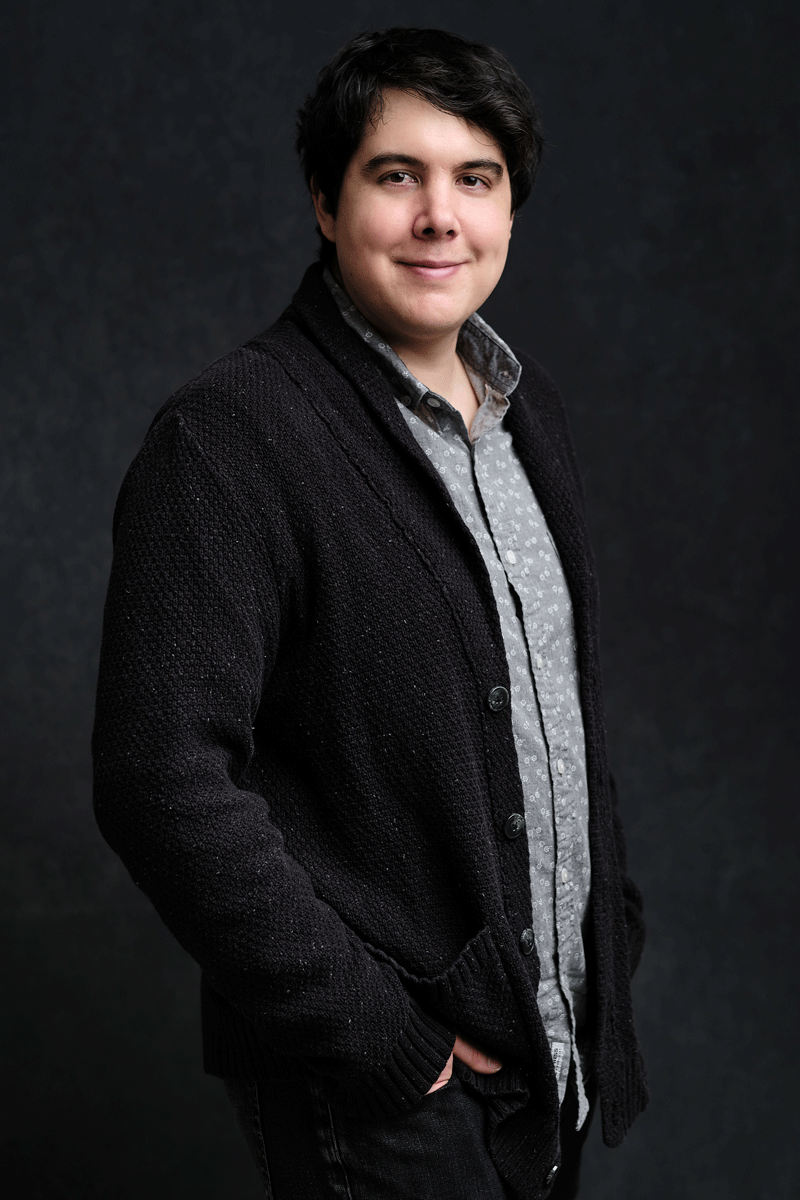Dr. Christopher Rackauckas
Research Affiliate and Co-PI of the Julia Lab at the Massachusetts Institute of Technology
Director of Modeling and Simulation at Julia Computing and Creator / Lead Developer of JuliaSim
Director of Scientific Research at Pumas-AI and Creator / Lead Developer of Pumas
Lead Developer of the SciML Open Source Software Organization

Chris' research and software is focused on Scientific Machine Learning (SciML): the integration of domain models with artificial intelligence techniques like machine learning. By utilizing the structured scientific (differential equation) models together with the unstructured data-driven models of machine learning, our simulators can be accelerated, our science can better approximate the true systems, all while enjoying the robustness and explainability of mechanistic dynamical models.
Chris's recent work is focused on bringing personalized medicine to standard medical practice through the proliferation of software for scientific AI. Chris is at the cutting edge of mathematical methods for scientific simulation. He is the lead developer of the DifferentialEquations.jl solver suite along with over a hundred other Julia packages, earning him the inaugural Julia Community Prize, an outstanding paper award at the IEEE-HPEC conference on computational derivation for the efficient stochastic differential equation solvers, and front page features on many tech community sites. Chris' work on high performance differential equation solving is the engine accelerating many applications from the MIT-CalTech CLiMA climate modeling initiative to the SIAM Dynamical Systems award winning DynamicalSystems.jl toolbox (of which DifferentialEquations.jl was the runner-up). His work is credited for the 15,000x acceleration of NASA Launch Services simulations and recently demonstrated a 60x-570x acceleration over Modelica tools. For these achievements Chris received the United States Department of the Air Force Artificial Intelligence Accelerator Scientific Excellence Award.
Chris brought these enhanced numerical approaches to the domain of pharmaceutical modeling and simulation as the creator and lead developer of Pumas. Pumas is scientific AI in clinical practice. Pumas makes it possible to predict the optimal medication dosage for individuals, reducing the costs and potential complications associated with treatments. Pumas is being used by many major pharmasceuticals to predict personalized safe dosage regimens by incorporating realistic biological models (quantitative systems pharmacology) and deep learning into the traditional nonlinear mixed effects (NLME) modeling framework. These efforts on Pumas led to the International Society of Pharmacology's (ISoP) Mathematical and Computational Special Interest Group Award at the American Conference of Pharmacology (ACoP) 2019 for his work on improved clinical dosing via Koopman Expectations, along with the ACoP 2020 Quality Award for his work with Pfizer on GPU-accelerated quantitative systems pharmacology to accelerate preclinical analysis by 175x. Notably, Moderna adopted Pumas in 2020 to accelerate crucial clinical trials, noting "Pumas has emerged as our 'go-to' tool for most of our analyses in recent months". For these achievements, Chris received the Emerging Scientist award from ISoP, the highest early career award in pharmacometrics.
Chris started this work while completing his Masters and Ph.D. at the University of California, Irvine where he was awarded the Mathematical and Computational Biology institutional fellowship, the Graduate Dean's Fellowship, the National Science Foundation's Graduate Research Fellowship, the Ford Predoctural Fellowship, the NIH T32 Predoctural Training Grant, the Center for Complex Biological Systesms Opportunity Award, and the Data Science Initiative Summer Fellowship. His research with his advisor, Dr. Qing Nie, focused on the methods for simulating stochastic biological models and detailing how the randomness inherent in biological organisms can be controlled using stochastic analysis. Chris bridged the gap between theory and practice by having a "wet lab bench" in Dr. Thomas Schilling's lab, where these methodologies were tested on zebrafish. Fluorescence Light Microscopy (FLIM) measurements of retinoic acid in the zebrafish hindbrain showed that the predicted control proteins could attenuate inherent biological randomness. The result was a verified mathematical theory for controlling the randomness in biological signaling. Chris received the Kovalevsky Outstanding Ph.D. Thesis Award from the Department of Mathematics upon graduation and was showcased in an interview "Interdisciplinary Case Study: How Mathematicians and Biologists Found Order in Cellular Noise" in Cell Press's iScience.
As an undergraduate at Oberlin College, Chris was awarded the NSF S-STEM scholarship and the Margaret C. Etter Student Lecturer Award by the American Crystallographic Association, an award usually given for PhD dissertations, for his work on 3+1 dimensional incommensurate crystal structure identification of H-acid. This award was given for Service Crystallography for its potential impact on industrial dye manufacturing.
